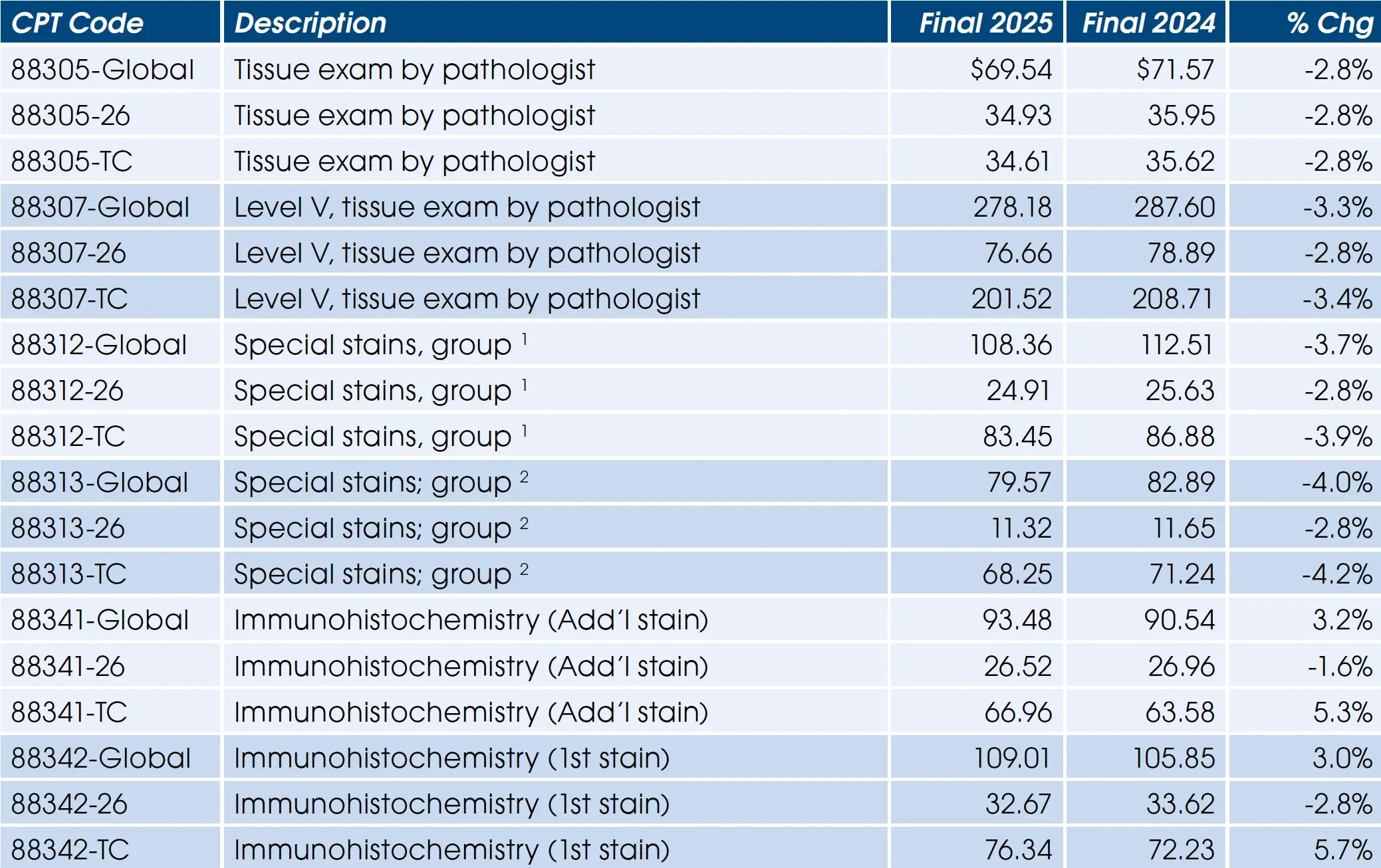Wait, Why Should You Care?
Okay, real talk… There’s something nobody says out loud: Almost everyone dreads digging through medical bills or “explanation of benefits” letters. I mean, who hasn’t stared at one and wondered, What is THAT charge for? Why did my Vitamin D test cost more than dinner for two?
Here’s the thing. So much of our nutrition and diet journey—whether you’re fine-tuning your macros, tackling cholesterol, or just making sure you’re not low on B12—comes down to one sort-of-boring but super important thing: lab tests. But boring doesn’t mean unimportant. (In fact, sometimes it means the opposite… right?)
If you’re on Medicare, or you take care of someone who is, the “medicare lab fee schedule 2025” will probably shape what you pay, when you pay it, and how often you can afford to check your numbers. Let’s break down what’s really changing, how it could mess with (or help!) your wellness goals, and—yes—how you can look up these costs in a way that won’t make you want to pull your hair out.
Lab Fees and Real Life (Not Just Fine Print)
So… Why Do Lab Fees Even Matter for Nutrition?
Picture this: You’re taking charge of your wellness, maybe tracking your cholesterol, your blood sugar, or your vitamin levels because your doctor said, “Hey, it’s time to get serious about prevention.” Then you finally get those labs… and you get the bill. Surprise! Sometimes a simple blood test comes with a not-so-simple price tag, especially if it’s not fully covered—or if the rates changed and nobody told you.
I remember my friend Sarah (she’s 67, loves yoga and green smoothies) texting me last year: “What the heck? My lab bill doubled!” Turns out the fee schedule for one of her vitamin deficiency tests changed, and her clinic didn’t warn her. Ouch. (We’ve all had that one mystery charge, right?)
Why This Year Feels Different
But here’s the good news: For 2025, changes are actually… chill. The medicare lab fee schedule 2025 isn’t adding new cuts for most basic clinical lab tests. Yep. A 0% reduction. Which means if you’re keeping tabs on your cholesterol—or revisiting that plant-based diet experiment—most test fees won’t jump up out of nowhere. For real, a little consistency is something to celebrate in healthcare these days! (According to the official CMS Medicare Clinical Laboratory Fee Schedule, the payment rates for clinical diagnostic lab tests (CDLTs) stay level with 2024, and complicated reporting requirements are pushed back for most, too).

| Test | 2024 Cost | 2025 Cost | Change? |
|---|---|---|---|
| Vitamin D | $35 | $35 | No change |
| Cholesterol Panel | $20 | $20 | No change |
| Glucose (Fasting) | $10 | $10 | No change |
(These are sample rates for common nutrition-focused labs—always check the most current Medicare Clinical Laboratory Fee Schedule for your exact region and test!)
Inside the Big 2025 Changes
Did We Dodge a Bullet?
Honestly, it’s tempting to skip this section… But hear me out. Every few years, the government reviews and resets how lab fees are decided (using confidential data they gather from labs and private insurers). This year, a lot of people held their breath, expecting another round of “payment reductions.”
Surprise, the opposite happened: No extra cuts for basic lab services, especially on those nutrition and screening tests we all want to track once we start improving our diets. (They’re officially called “CDLTs”—if you ever want to win at health trivia night.) The next round of data reporting isn’t until 2026, and even then, new reductions are capped so changes won’t get wild overnight according to the Noridian update.
Remember, there’s always fine print. A few super-specialized (or “advanced diagnostic”) tests might see their own changes. But let’s be honest: for most of us focused on everyday nutrition, energy, aging well, or managing chronic stuff like prediabetes, the basics are what matter—and those are staying steady for 2025.
Fun Fact: The Reporting Shuffle
Another big change that’s… kind of a non-change? The whole process for how labs report their data to Medicare (so rates can be adjusted) is being delayed. Less reporting for labs means less admin fuss, and usually? That means fewer surprises spiraling down to consumers. The next data reporting period is now January–March 2026 (using info from, get this, 2019… talk about retro), and after that, it only happens every three years.
Making Better Nutrition Decisions, Minus the Mystery
How Does This Actually Help My Diet or Fitness Goals?
Ever started a new meal plan (maybe one of those “30 days to more energy” things) and thought, “Is this actually doing anything?” That’s where lab tests shine. They give you the facts — not just vibes — about whether your B12, iron, or cholesterol are getting better (or slipping in the wrong direction).
With stable lab pricing for 2025, you’re less likely to get caught off-guard. You can confidently do things like:
- Track cholesterol while you try out a low-carb or Mediterranean plan
- Keep tabs on vitamins (like D or B12) as you shift toward more plant-based meals
- Get your iron checked if you’re experimenting with eating less meat
- Spot trends early if your energy, endurance, or mood starts lagging—but your diet is “on point”
And, because medicare fee schedule lookup tools are actually user-friendly now (dreams really do come true!), you can figure out what things will cost before you get poked. That means less stress when your doctor or nutritionist writes up a new panel.
Story Time: Tom’s Carb Comeback
I have to share this one. My neighbor Tom, a retired band teacher, decided to try lowering his carbs after a borderline prediabetes warning. The idea was to prove to his skeptical wife that small changes could make a big difference. Every three months, he went in for an HbA1c blood test to track his progress. This year, the stable fees meant he wasn’t dreading the next bill — he actually looked forward to seeing his numbers drop. And his wife… well, let’s just say she’s cautiously impressed.
Navigating the Details (Without Losing Your Mind)
What If You Want to Double Check Costs?
Here’s the part where I’ll save you a headache: If you ever want to check what your 2025 labs might cost, there are actually tools for that now. The official medicare fee schedule lookup is where you’ll find up-to-date info on each and every test code Medicare covers—no more guessing, no more cryptic spreadsheets with codes only a coder could love.
The Medicare Clinical Laboratory Fee Schedule page isn’t just for doctors or billing clerks. Type in what you need (“cholesterol panel,” “Vitamin D,” “A1c”), and it brings up this year’s rates and coverage details. (Pro tip: Bookmark it. Seriously.)
| Lab Name | 2025 Fee | Still Covered? | When to Retest? |
|---|---|---|---|
| Basic Metabolic Panel | $15 | Yes | Annually, or as needed |
| HbA1c (Sugar) | $12 | Yes | Quarterly if at risk |
| B12 Level | $22 | Yes | Yearly, or per doctor |
There’s also info about the way “private payer rates” set the standard for what labs can actually charge—and if you want the nerdy details, the backstory is on the official CMS resource and summarized on the medicare fee schedule lookup page.
The Small Print (aka Stuff That Sometimes Trips Us Up)
This year, the Medicare updates are especially good for folks who only need basic labs to monitor their nutrition game. If you’re in a unique situation (super specialized test, rare health stuff, or a health plan that doesn’t play by the usual Medicare rules), double check your coverage. But odds are, your standard vitamin, blood sugar, and cholesterol tests will run you about the same in 2025 as last year. No wild price hikes. No confusing new codes. Just smooth sailing (as much as we ever get, anyway).
Wrapping Up: Small Changes, Big Wins
So, what’s the take-home from all this fee schedule talk?
Diet and wellness fads will come and go. But the boring—sometimes invisible—truth is this: Stable lab fees help us all stay on track, especially when we’re just trying to take care of ourselves or someone we love. Whether you’re optimizing your macros, fighting off a family history of diabetes, or just making sure you’re getting enough of the right vitamins, knowing that the medicare lab fee schedule 2025 is holding steady gives you one less thing to worry about.
Action steps? Have a conversation (yes, an actual conversation!) with your nutritionist or primary care doc about bloodwork and frequency. Use the medicare fee schedule lookup tool before your next appointment and take a peek at the latest Medicare Clinical Laboratory Fee Schedule for extra peace of mind. Maybe now you’ll even look forward to that cholesterol recheck? (Okay, maybe not… but it won’t be as scary.)
Anyway, what’s the one lab test you check religiously for your health goals? Blood sugar, iron, thyroid? Leave a comment and let’s compare notes—because hey, even the healthiest among us need a reality check sometimes (self included!). Here’s to small wins and stress-free bills in 2025. You got this.


















Leave a Reply
You must be logged in to post a comment.